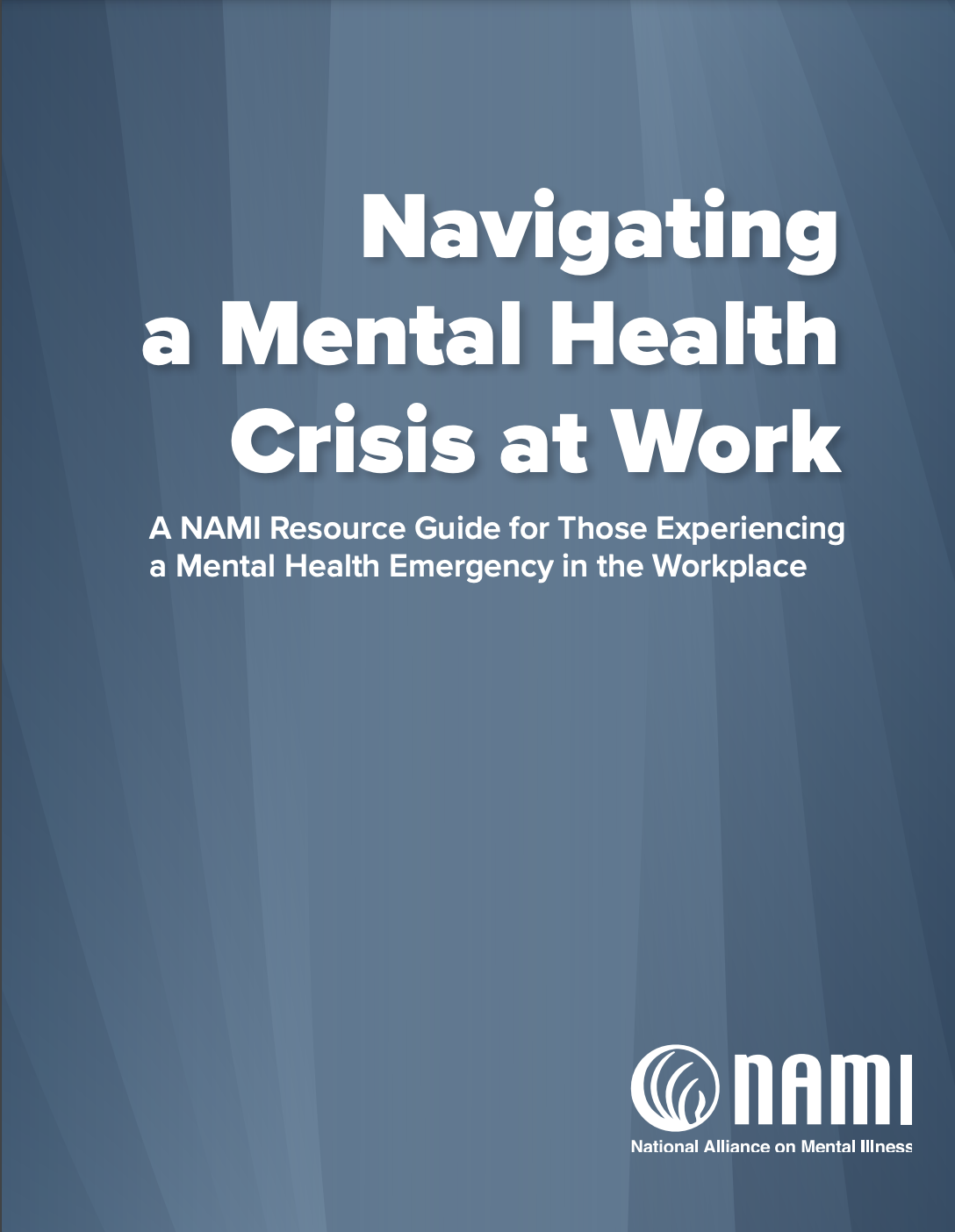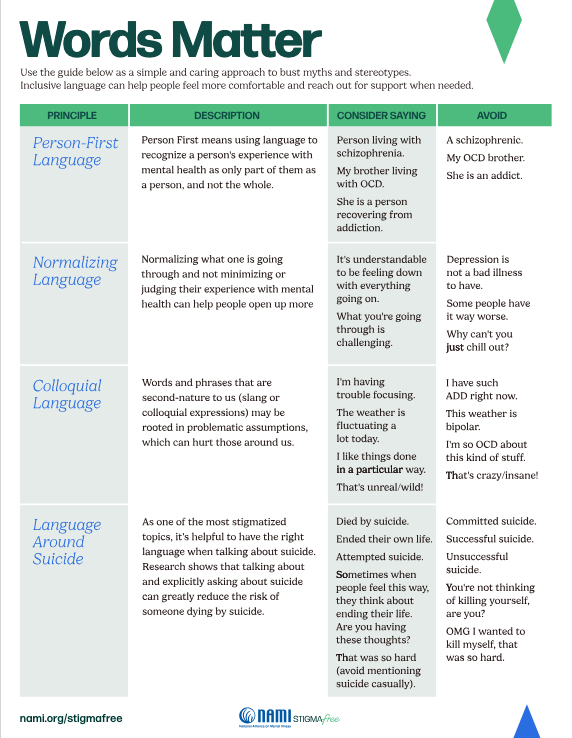About 2.8% of people in the U.S. live with bipolar disorder. With the right treatment and support, many people manage it well and live full, healthy lives.
What is Bipolar Disorder?
Bipolar disorder is a mental health condition that affects mood, energy levels, and behavior. People with bipolar disorder typically experience distinct periods of extremely exhilarated, irritable, or energized behavior (known as “mania”); some people also experience episodes of unusually low, blue, or sad mood (depression).
There are different types of bipolar disorder. The two most common are:
- Bipolar I involves more intense “up” or manic episodes that last seven days or longer, or require hospitalization.
- Bipolar II also has “up” or manic episodes, but they are milder, less disruptive, and shorter in duration.
Some people with bipolar disorder may also experience psychosis, or unusual changes in thinking or perception that cause problems understanding what is real and what is not. A person experiencing psychosis is not more likely to harm another person, but they may need additional care to make sure they stay safe. If someone at work is experiencing psychosis and they are in danger of harming themselves or someone else, call or text the 988 Suicide and Crisis Lifeline. You can learn more about helping someone experiencing a mental health crisis in NAMI’s Guide for Navigating a Mental Health Crisis in the Workplace.
How Bipolar Disorder Can Impact the Work Day
Many people who live with bipolar disorder thrive at work and are productive team members. As a person learns how to manage bipolar disorder, they may develop important skills, such as:
- Emotion regulation
- Resilience under stress
- Empathy for others
- Adaptability to change
- Enhanced creativity and problem-solving abilities
Bipolar disorder in the workplace can also sometimes be challenging and impact work in these ways:
- Energy level shifts
- Focus and concentration
- Interpersonal relationships
- Mood fluctuations over days, weeks, or months
A team member may have good days and tougher ones, but with the right support and understanding, employees with bipolar disorder can thrive and bring real value to their roles.
5 Ways to Support an Employee Who Has Bipolar Disorder
When someone on your team is living with bipolar disorder, your support can make a big difference. Simple, thoughtful actions can reduce stress, build trust, and help them succeed. Here are five practical ways to offer support:
Remember: Do not attempt to diagnose or treat mental health conditions. You are not a mental health provider, and you’re never expected to be one.
1. Start with curiosity and compassion.
Your team member knows themselves best. Instead of offering suggestions, ask open questions like, “What helps you do your best work?” or “What would support look like for you right now?” If they’re not sure, collaborate to identify small adjustments that might help—like scheduling flexibility, clear deadlines, or quiet workspaces.
2. Create a supportive environment.
Sometimes the physical workspace can be a barrier. Consider whether adjustments like quieter areas or access to noise-canceling headphones might help. If possible, offer flexible hours or remote options to support energy level changes or medical appointments.
3. Lean into structure.
Consistency can go a long way. Regular check-ins, shared calendars, and clear task documentation help reduce stress and keep communication open. Tools like written instructions or extra time for training may also help team members stay on track.
4. Address stigma head-on.
Mental health stigma keeps people silent. Offer – and model – a workplace culture where mental health is treated with the same care as physical health. Consider training your team on what stigma looks like and how to support colleagues without judgment. The more we normalize mental health conversations, the safer our workplaces become. Reach out to the NAMI StigmaFree Workplace team to get started.
5. Know employee benefits–and share them.
Many employees don’t know what mental health resources are available to them. Take time to understand what your company offers—whether it’s an Employee Assistance Program (EAP), counseling services, or accommodations policies. Keep that information accessible so you can quickly connect your team to the help they need.
Call the free NAMI HelpLine at (1-800-950-6264) or text 62640 for More Resources to Share With an Employee Working With Bipolar Disorder
More Resources for Working With Bipolar Disorder
The following additional resources may be helpful:
- NAMI – What is Bipolar? is a video from a person with lived experience – check out NAMI’s YouTube page and share these educational videos with a loved one.
- NAMI Peer-to-Peer is a free, eight-session educational program for adults with mental health conditions who are looking to better understand themselves and their recovery. Taught by trained leaders with lived experience, this program includes activities, discussions, and informative videos. However, as with all NAMI programs, it does not include recommendations for treatment approaches.
- NAMI Family-to-Family Classes are for families, significant others, and friends of people with mental health conditions. Designated as an evidence-based program by SAMHSA, it facilitates a better understanding of mental health conditions, increases coping skills and empowers participants to become advocates for their family members. Also available in Spanish as De Familia a Familia de NAMI.
- NAMI Connection Support Group is a support group for people with mental health conditions. Groups meet weekly, every other week, or monthly, depending on location. This program is also available in Spanish as NAMI Conexión.
- NAMI Family Support Groups are support groups for family members, significant others, and friends of people with mental health conditions. Groups meet weekly, every other week, or monthly, depending on location.
- Depression & Bipolar Support Alliance (DBSA) is a comprehensive resource for more than 23 million people in the U.S. who live with mood disorders. They provide resources including information about treatment, resources, and support groups. Through the DBSA Support Group Locator you can search for in-person and online support groups that focus on support for individuals and families of those living with mood disorders. Call (800) 826-3632 for more information.
- Juvenile Bipolar Research Foundation provides extensive information and resources for juvenile-onset bipolar disorder.
- The website bpHope.com offers an online community that strives to increase the awareness of bipolar disorder and to provide hope and empowerment to those in the bipolar community — people with bipolar disorder, along with their families, caregivers, and health care professionals. bpHope also provides numerous online support groups.


